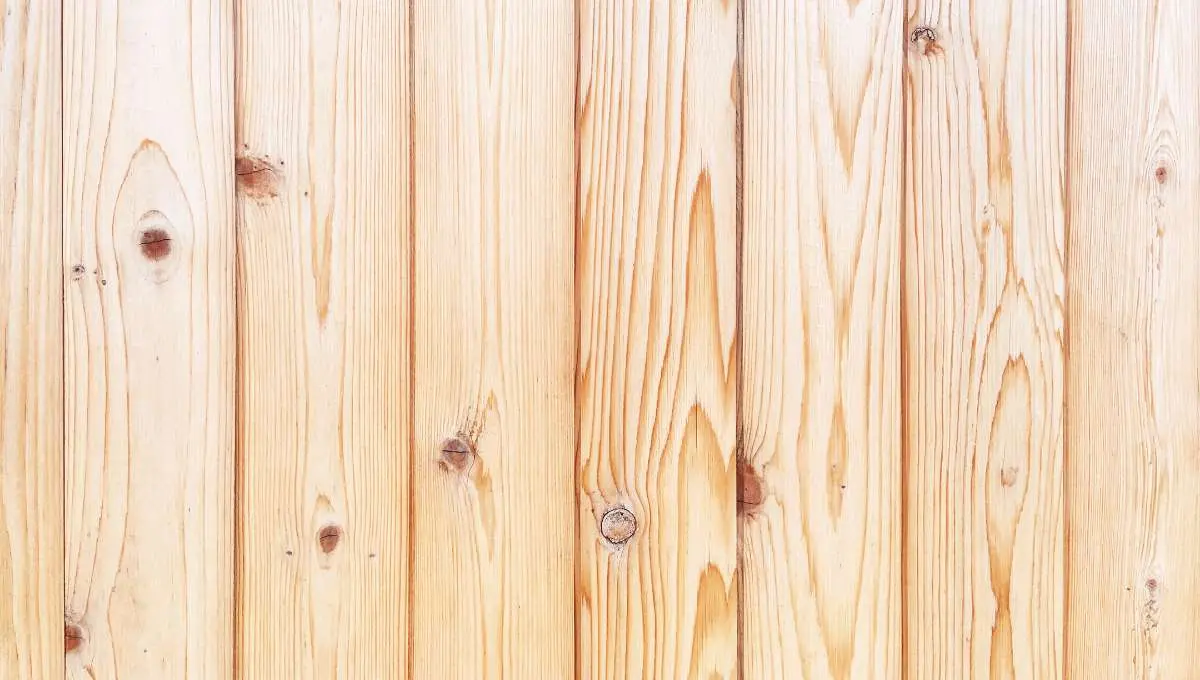Pine wood is renowned for its affordability and ease of workability, making it a favored choice for a wide range of carpentry projects. This guide explores pine’s attributes that make it ideal for interior furnishings and other applications, appealing to professionals in the UK and Ireland.
Physical Properties
- Color: Ranges from pale yellow to reddish-brown, with lighter sapwood and darker heartwood.
- Grain: Features a straight grain with a medium, even texture, enhancing its aesthetic appeal.
- Density: Relatively low, about 400 kg/m³, contributing to its lightweight nature.
- Texture: Soft and porous, pine absorbs stains and finishes well, allowing for versatile finishing options.
Mechanical Properties
- Strength: Moderately strong with a Janka hardness of 380 lbf, suited for less demanding structural applications.
- Durability: Offers moderate decay resistance; commonly treated for increased durability in outdoor or moist environments.
- Workability: Known for its ease of cutting, gluing, and finishing, pine is particularly user-friendly, making it ideal for quick and efficient project completions.
Advantages and Disadvantages
- Advantages: Cost-effective and widely available, pine is perfect for budget-sensitive projects without compromising on quality. Its ease of handling makes it a popular choice for DIY projects and professional setups alike.
- Disadvantages: Susceptible to warping and twisting if not properly dried; prone to dents and scratches due to its softer nature. Requires preventive treatments to guard against pests and rot.
Practical Applications
- Interior Furnishings: Ideal for furniture, cabinetry, and paneling, offering a warm aesthetic with its light tone and visible grain.
- Framing and Construction: Commonly used in building frames due to its strength-to-weight ratio, providing structural support where high durability is less critical.
- Decorative Elements: Excellent for trim, molding, and decorative pieces, pine’s ease of staining and painting allows for creative design applications.
Sustainability
- Growth and Harvesting: Pine grows relatively quickly, reaching maturity in about 25-30 years, which supports sustainable forestry practices.
- Renewability: As one of the most abundant woods available, pine represents a renewable resource, widely planted and harvested across North America and Europe.
Unique Characteristics
- Aesthetic Versatility: Pine’s ability to accept various finishes makes it adaptable to a range of design preferences, from rustic to modern.
- Distinctive Aroma: The wood emits a pleasant, forest-like scent, adding a sensory dimension to its applications.
- Prominent Knots: Adds visual interest and character to finished products, making each piece unique.
Conclusion
Pine wood stands out as an excellent choice for carpenters and woodworkers looking for an affordable, workable material suitable for a variety of applications from interior furnishings to structural frames. Its characteristics of being light, easily customizable, and sustainably sourced make it particularly appealing for projects in Ireland and the UK. For those exploring more robust options, consider delving into other sections of our comprehensive guide to woods and finishes.

